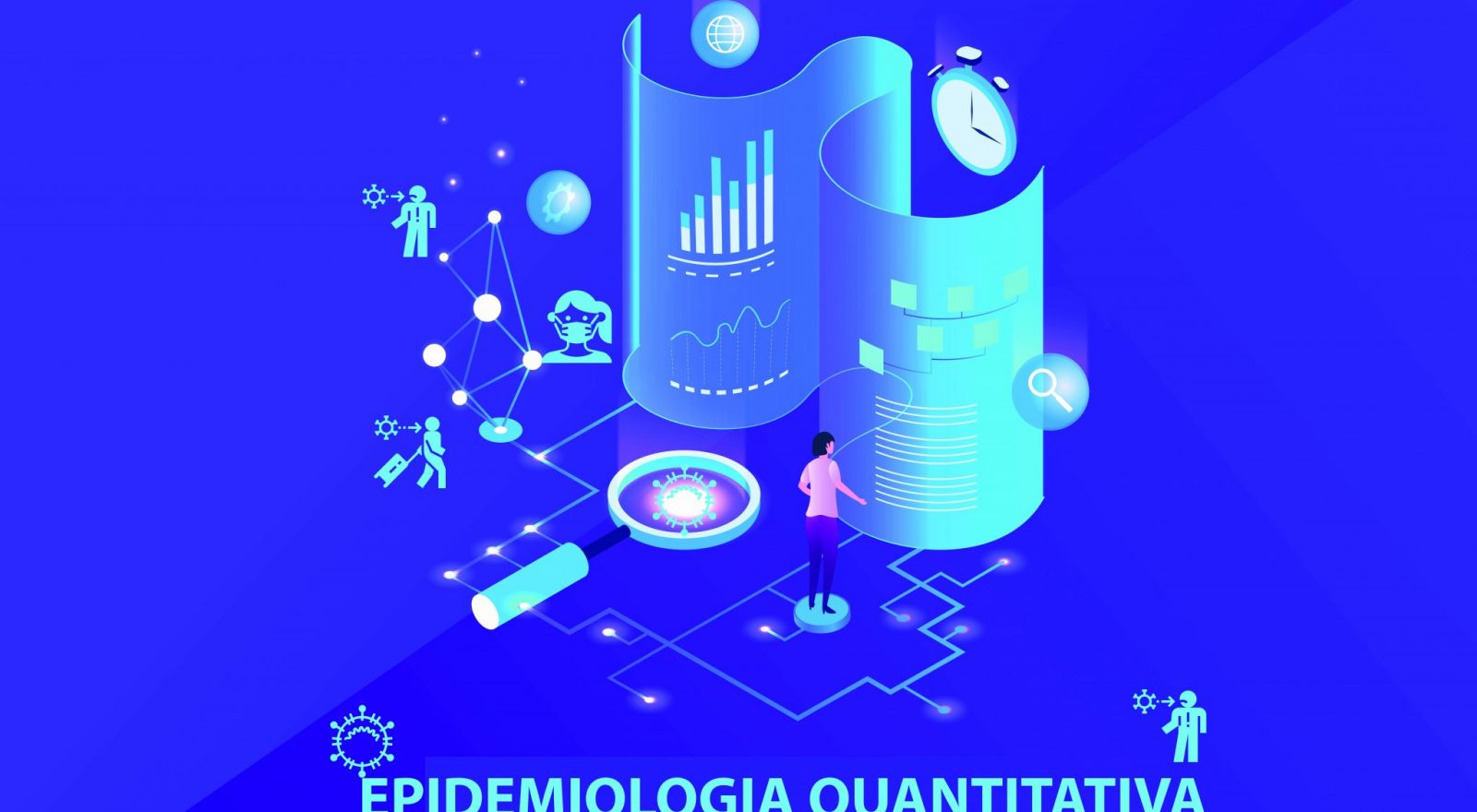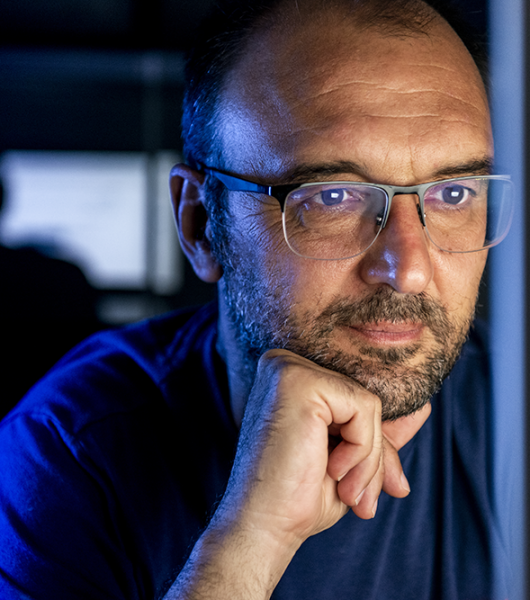R0 and Rt: FBK’s contribution to the analysis of data on the spread of the SARS-COV-2 virus
Fondazione Bruno Kessler has played an important role during this health emergency. In fact, its contribution was critical in analyzing the data on the spread of the pandemic in close connection with ISS, the Italian National Institute of Health.
The researchers of the “Dynamical Processes in Complex Societies” Unit (DPCS), coordinated by Stefano Merler, started a collaboration with the Lombardy Region, the first and most affected in Italy and Europe, to estimate the transmissibility of SARS-COV-2 and assess the potential impact on the health care system of an uncontrolled COVID-19 epidemic. In particular, the basic reproduction number, i.e. the average number of secondary infections generated by a single infected individual in a population that has never come into contact with the new pathogen (R0), of an uncontrolled epidemic of COVID -19, in Lombardy was estimated at around R0=3. The serial interval, i.e. the distribution of the times between the onset of symptoms in a primary infector and the onset of symptoms in secondary cases, was estimated at around 6.6 days.
The Foundation, thanks to the studies of its researchers, also contributed to assessing the impact of COVID-19 on intensive care units in the Lombardy Region and to assessing the characteristics of patients admitted to intensive care.
FBK researchers also helped study the epidemiology of COVID-19 in Italy. In particular, they provided daily estimates of the basic parameters that regulate the transmissibility of SARS-COV-2, such as “Rt”, which is the average number of secondary infections generated by a single infected individual during the epidemic, and which allows monitor the effectiveness of actions. Specifically, scholars helped show that the transmissibility of SARS-COV-2 (Rt) was less than 1 in all regions and almost all Italian provinces. This means a drop in infection cases before the end of March, i.e. less than three weeks after the start of the lockdown on March 11. During this period, Rt went from about 3 to figures close to 0.6 in almost all regions.T
he Foundation also collaborated with the Technical-Scientific Committee by providing the analysis of scenarios to identify possible reopening strategies. “We must keep in mind, though” – Stefano Merler said- “that knowledge about SARS-COV-2 is still scarce and many aspects – for example, the effectiveness of masks, of people maintaining social distancing, the effect of temperature on the transmissibility of SARS-VOV-2 – which will be crucial for “phase 2″, are not yet clear”.
Foundation researchers are now monitoring Phase 2, providing Rt estimates for all regions.


